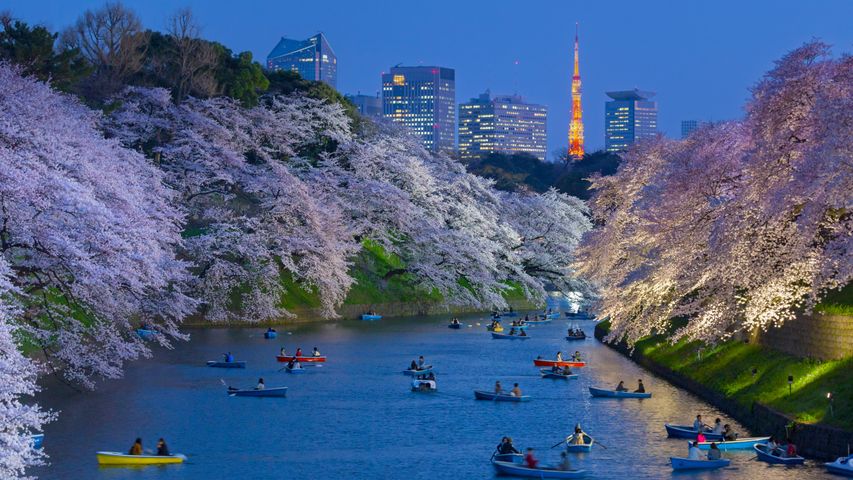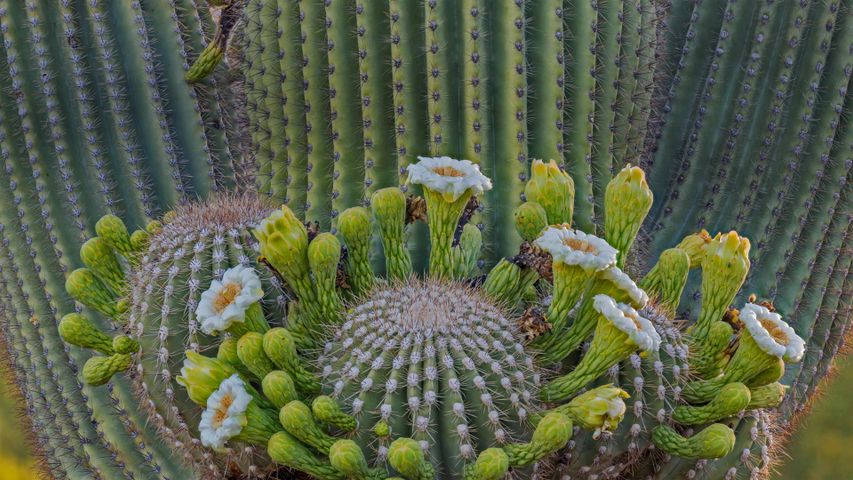Mineral-laden water in the Rio Tinto, Minas de Riotinto mining area, Huelva province, Andalusia, Spain
© David Santiago Garcia/Getty Image
Reflecting on one of the world's strangest rivers
If you like your landscapes on the surreal side, then this weird and wonderful river in the Andalusia region of southwestern Spain should be to your liking. The Rio Tinto (Red River) gets its name from the reddish hue of its water, caused by high levels of iron and sulfur, which make it very acidic. This unusual chemical makeup may or may not be a result of the area's long history of mining, which dates back at least 5,000 years. Ancient residents like the Tartessians and Romans dug here for copper, silver, and gold, as well as the mineral pyrite, commonly referred to as 'fool's gold.' Legend has it that the Rio Tinto was the site of the fabled mines of King Solomon.
Because of the river’s extreme acidity, almost nothing can live in it. Only a thriving community of unusual microorganisms—classified as extremophiles—can survive the water's acidic mix, by feeding on the minerals alone. The strangeness of Rio Tinto's ecology has even attracted the attention of NASA, which studied the bacteria that have adapted to this highly acidic environment because the conditions resemble those on the surface of Mars.
Related Images
Bing Today Images



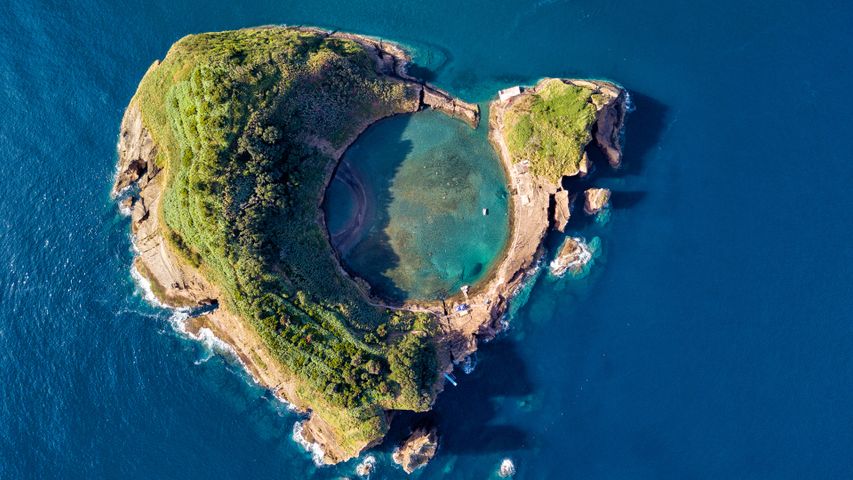 Vila Franca Islet, São Miguel Island, Azores, Portugal
Vila Franca Islet, São Miguel Island, Azores, Portugal
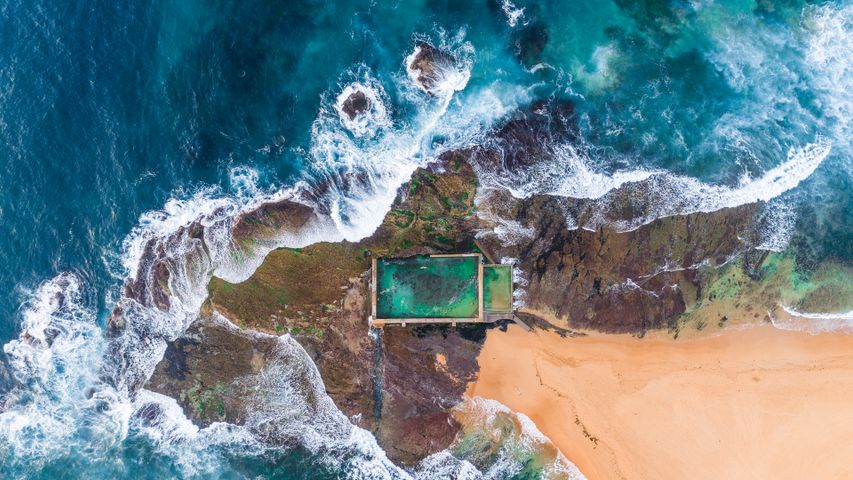 Mona Vale Rockpool, Sydney, Australia
Mona Vale Rockpool, Sydney, Australia
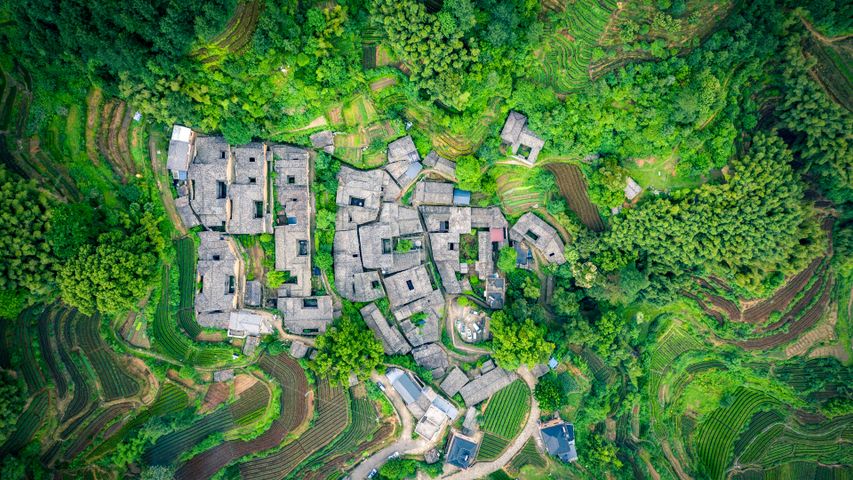 Tea garden at Yangjiatang Village, Songyang County, China
Tea garden at Yangjiatang Village, Songyang County, China
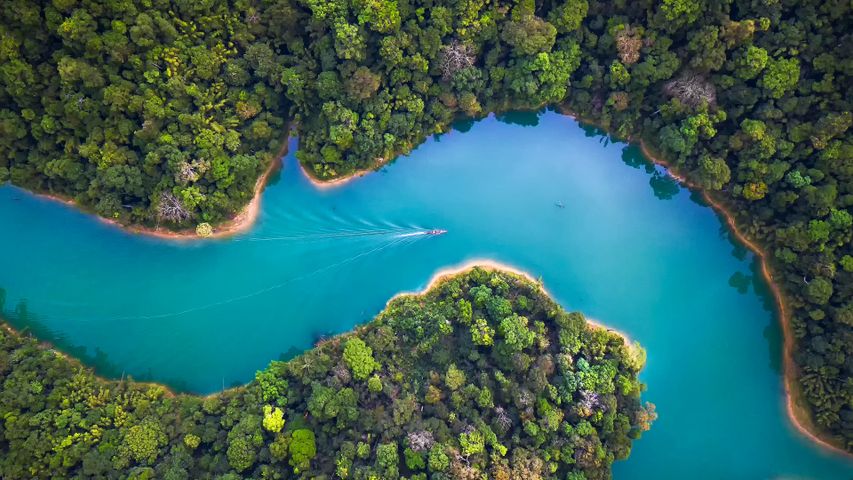 Aerial view of Khao Sok National Park, Surat Thani, Thailand
Aerial view of Khao Sok National Park, Surat Thani, Thailand
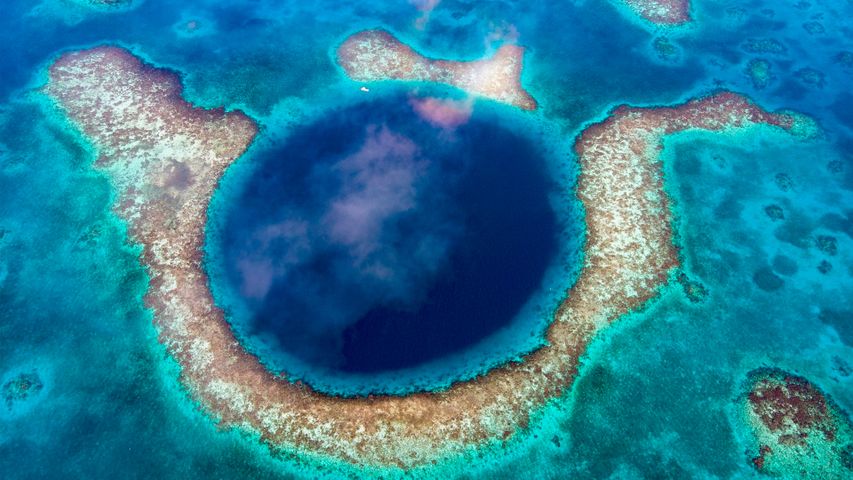 Great Blue Hole, Belize
Great Blue Hole, Belize
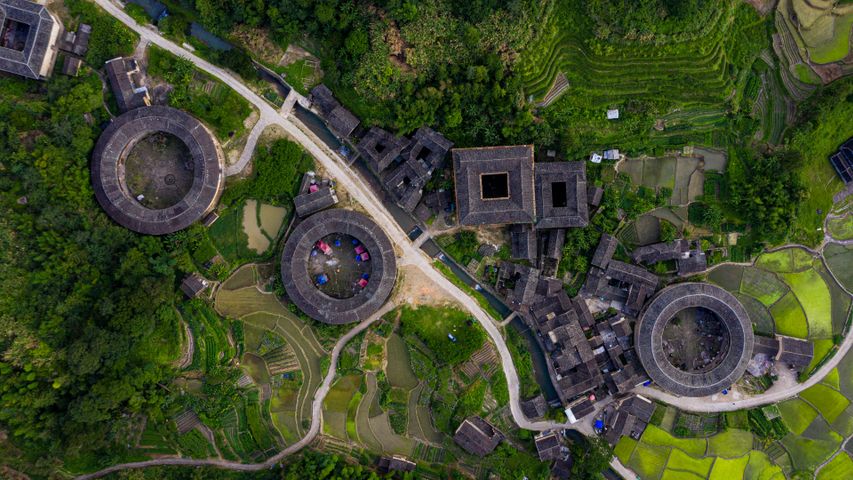 Fujian Tulou complex of historical and cultural heritage buildings in Fujian province, China
Fujian Tulou complex of historical and cultural heritage buildings in Fujian province, China
 Road to Hana, Maui, Hawaii
Road to Hana, Maui, Hawaii
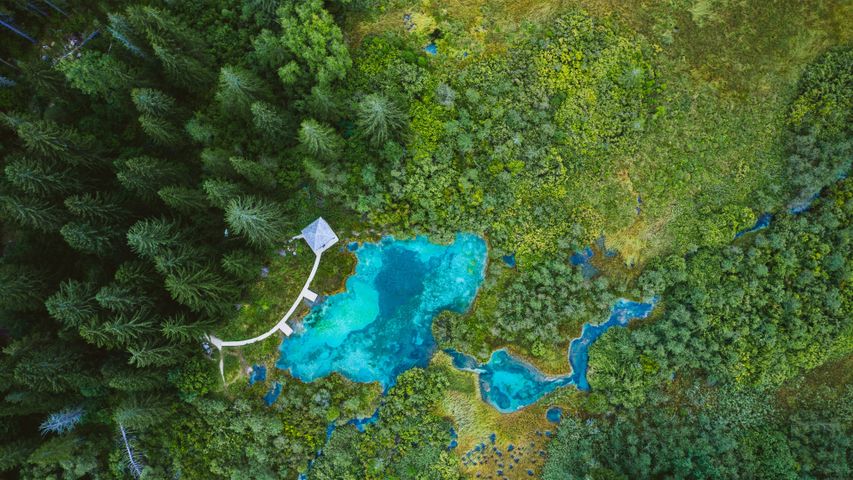 Zelenci Nature Reserve, Slovenia
Zelenci Nature Reserve, Slovenia
